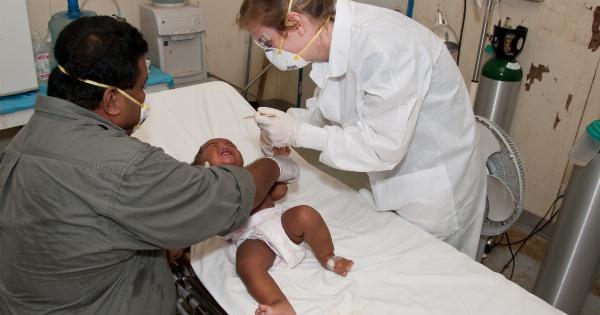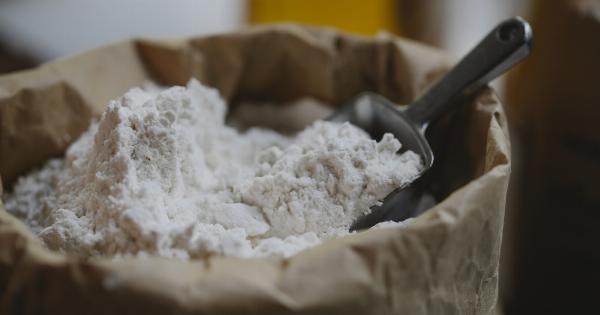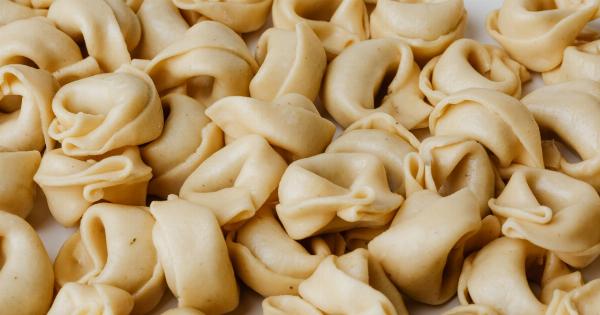Bowel germs, which live in our gastrointestinal tract, have been a subject of fascination among medical researchers for years. These tiny creatures are capable of breaking down food, producing vitamins, and even influencing our behaviour and mood.
In fact, recent research has shown that the microbiome in our guts may play a critical role in our overall health and well-being.
However, bowel germs are not always harmless. In some cases, they can become harmful and lead to serious health conditions.
In this article, we will explore how bowel germs change from harmless to harmful and what factors contribute to this transformation.
The Microbiome and Health
The microbiome in our gut is a complex ecosystem that consists of trillions of microorganisms, including bacteria, viruses, fungi, and other microbes. The majority of these microorganisms are harmless and even beneficial to our health.
They help us to digest food, produce vitamins, and boost our immune system.
Research has also shown that the microbiome can influence our mood, behaviour, and even our risk of developing certain diseases such as diabetes, obesity, and cancer.
For example, a recent study found that patients with depression had a less diverse gut microbiome than healthy individuals.
However, when the balance of the microbiome is disrupted, harmful bacteria can grow and cause a range of health problems. This disruption can be caused by a variety of factors, such as antibiotics, stress, and a poor diet.
The Role of Antibiotics
Antibiotics are designed to kill harmful bacteria, but they can also kill beneficial bacteria in our gut, leading to an imbalance in the microbiome. This can create an environment that allows harmful bacteria to thrive.
In fact, research has shown that some harmful bacteria, such as Clostridium difficile, can become resistant to antibiotics and thrive in the gut after a course of antibiotics.
This can lead to a condition called antibiotic-associated diarrhoea, which is a serious health concern.
It is important to use antibiotics only when necessary and to take them as prescribed by a healthcare professional to prevent the growth of harmful bacteria in the gut.
Stress and the Gut-Brain Axis
Stress can also have a significant impact on the microbiome. Studies have shown that stress can alter the composition of the microbiome and increase the growth of harmful bacteria.
This is because the gut is closely connected to the brain through a complex network of nerves known as the gut-brain axis. Stress can disrupt this network and lead to changes in the microbiome.
Chronic stress has also been linked to a range of gut-related health problems, such as irritable bowel syndrome (IBS), inflammatory bowel disease (IBD), and ulcers.
Diet and Bowel Germs
Diet is another important factor that can influence the microbiome and the growth of harmful bacteria. A diet high in processed foods, sugar, and unhealthy fats can disrupt the balance of the microbiome and lead to an increase in harmful bacteria.
On the other hand, a diet rich in fibre, fruits, vegetables, and probiotic-rich foods can promote a healthy and diverse microbiome.
Harmful Bowel Germs
While the majority of bowel germs are harmless, some can cause serious health problems. Here are some of the harmful bowel germs:.
Salmonella
Salmonella is a common bacteria that can cause food poisoning. It is usually found in undercooked meat, eggs, and dairy products.
Symptoms of salmonella include diarrhoea, fever, and abdominal cramps. In severe cases, it can lead to dehydration and require hospitalisation.
E. Coli
E. coli is a type of bacteria that is usually harmless but can cause serious health problems. It is found in undercooked meat, raw fruits and vegetables, and contaminated water.
Children, the elderly, and people with weakened immune systems are most at risk of E. coli infection. Symptoms of E. coli include severe stomach cramps, diarrhoea, and vomiting.
Clostridium difficile
Clostridium difficile is a bacteria that can cause diarrhoea and life-threatening inflammation in the colon. It usually affects people who have recently taken antibiotics.
Symptoms of C. difficile include diarrhoea, fever, and abdominal pain. In severe cases, it can lead to dehydration and require hospitalisation.
Campylobacter
Campylobacter is a bacteria that is usually found in raw or undercooked poultry, but can also be found in unpasteurised milk and contaminated water.
Symptoms of campylobacter include diarrhoea (sometimes bloody), fever, and abdominal cramps. In severe cases, it can lead to dehydration and require hospitalisation.
Conclusion
The microbiome in our gut is a fascinating ecosystem that plays a critical role in our overall health and well-being. However, when the balance of the microbiome is disrupted, harmful bacteria can grow and cause a range of health problems.
Factors like antibiotics, stress, and a poor diet can contribute to the growth of harmful bacteria in the gut. It is important to maintain a diverse and healthy microbiome through a healthy lifestyle and to seek medical attention if you experience any symptoms of a harmful bowel germ infection.





























